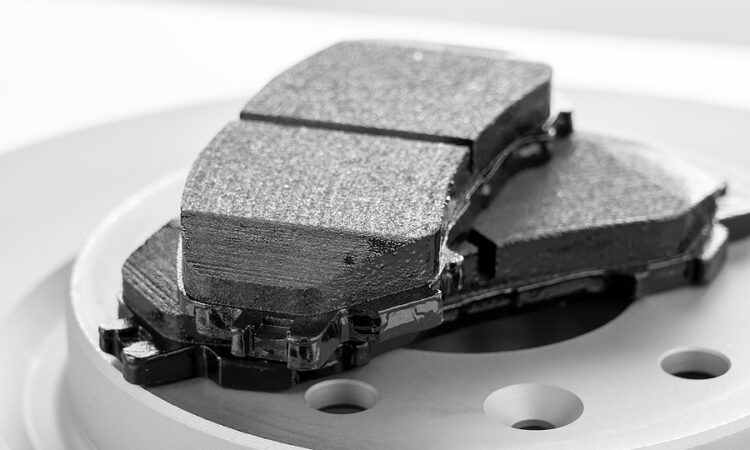
The performance, longevity, and maintenance costs of your car’s braking system can all be greatly impacted by the brake pads you choose. The materials used to make modern brake pads vary, and each has advantages and disadvantages of its own. Here is a thorough analysis of the most popular types of brake pad materials and their benefits:
Brake Pads Made Of Organic Materials
Glass, carbon compounds, and rubber are some of the materials used to make organic brake pads. Their smooth braking performance and quiet operation are well-known attributes. They also result in less wear on the brake rotors, which may increase their longevity. But compared to other kinds, organic brake pads wear down more quickly, and they might not work as effectively in hot weather or during hard braking. You can hire Auto Repair Services in Houston, TX for expert fixing of the brake pads.
Partially Metallic Brake Discs
Metal fibers combined with organic components make up semi-metallic brake pads. They fit most driving styles since they provide good stopping performance in a variety of weather and temperature conditions. These pads offer superior heat dissipation and are more resilient than organic pads, which helps to avoid brake fade. However, compared to organic pads, semi-metallic pads have a tendency to be noisier and produce more dust.
Brake Pads Made Of Ceramic
Copper fibers are used to join a dense ceramic material to create ceramic brake pads. They are renowned for their exceptional performance, particularly when it comes to lifespan, low dust output, and noise reduction. Even with prolonged usage, ceramic brake pads have superior braking power and are less likely to brake fade. They usually cost more than other kinds of brake pads, though.
NAO Brake Pads with Low Metal Content
Non-asbestos organic (NAO) brake pads with low metallic content resemble organic pads but include trace amounts of steel or copper. These metals enhance the heat and friction characteristics of the pad, which makes them ideal for high-performance uses. Although low-metallic brake pads have superior heat dissipation and braking performance, they might be louder and may cause brake rotor wear earlier than ceramic brake pads.
Selecting Proper Brake Pads
The type of vehicle, your driving style, and your budget all play a role in selecting brake pads. Ceramic brake pads may be the best option even if they are more expensive if your driving is mostly in urban areas and you value silent operation and little dust.
Conclusion
Maintaining the braking system on your car requires an understanding of the benefits and drawbacks of various brake pad materials. Brake pad types vary depending on your priorities, such as longevity, noise reduction, or performance. To select the ideal brake pads for your car and driving style, speak with auto repair businesses in. This choice will guarantee effective and safe braking for many miles to come.




